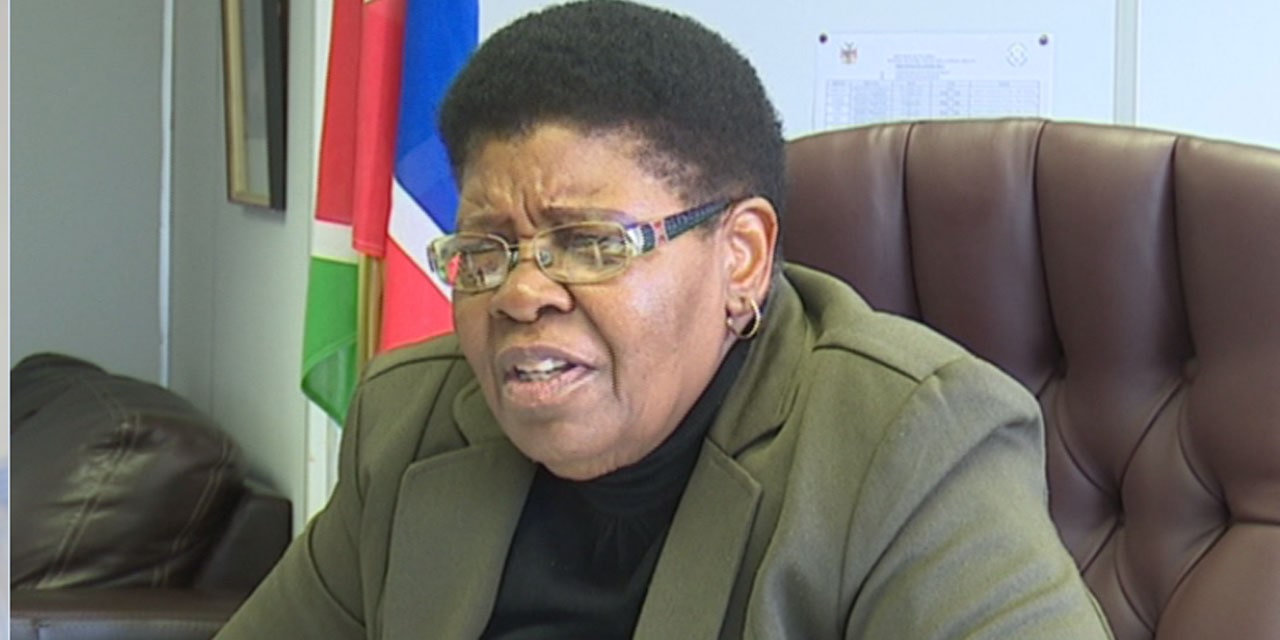Tujoromajo Kasuto
Project Hope Namibia who is implementing DREAMS project has supported over 560 adolescent girls and young women to complete vocational training.
Of these it has linked up 245 of them to internships and wage employment and provided 148 with entrepreneurial start-up kits.
These interventions are additionally informed by the Labour Market Assessment, which was today launched by the Ministry of Sport, Youth and National Service.The US-funded DREAMS programme together with Project Hope Namibia is meant to identify economic growth sectors, occupational and entrepreneurship opportunities for adolescent girls and young women in Namibia.
The Labour Market Assessment Report is critical to chart an economic pathway for young women.
The assessment identifies seven economic growth sectors in the districts where DREAMS is implemented including wholesale and retail trade, artisanal sectors, information technology and hospitality.
The report also points out specific occupations within each sector as potential employment and self-employment avenues for young women.
The Minister of Sports, Agnes Tjongarero in the report states that the Namibian labour market has been unable to fully absorb all entrants into the Namibian work force and fulfil the capacity and the potential that Namibian youth can bring to the economy.
Consequently, unemployment in Namibia is high, with youth and women being most affected.
She says this is attributed to, ‘’Namibia’s challenge in fully meeting the employment potential of youth include a relative lack of skills development, unstable labour market experience, gender disparity, lack of experience, inappropriate or lack of career guidance in schools and a mismatch between the labour market demand and supply in terms of skills and knowledge’’.
McDonald Homer, USAID Country Representative highlighted that, “economic disparity related to gender inequality is an ongoing and complex driver of HIV. Implementing robust and evidence-based economic strengthening interventions is a priority for DREAMS in order to strengthen young women’s self-efficacy and decision-making power in relationships and to decrease their reliance on transactional sex,”
“This labour market assessment report contributes positively to meeting the economic and development needs of young women,” he said.
According to the 2018 Labour Force Survey, Namibia’s unemployment rate stood at 33.4% with a youth unemployment rate of 46.1%, the average of 43% unemployed young men and 48.5% unemployed young women.
Guided by the assessment, the DREAMS program offers financial literacy education, skills, vocational and entrepreneurship training, linkages to internships and employment, as well as business starter kits for women entrepreneurs.
Labour Market Assessment, was commissioned by Project HOPE Namibia in five health districts of Khomas, Tsumeb, Omuthiya, Onandjokwe and Katima and appraises the possible labour market opportunities for Namibian youth as well as identifies prospective training providers, employers, sectors, and occupations to inform skills development programmes with the ultimate objective of addressing skilled labour force demand in the local labour market in Namibia, improving employability, social mobility, and inclusion.
This Labour Market Assessment Report, provides guidance to what is a complex and dynamic environment, involving various stakeholders making numerous decisions at different times, and has gathered intelligence on current and future skills needed for education and training, employment, and investment opportunities to support better matching of training and jobs.




